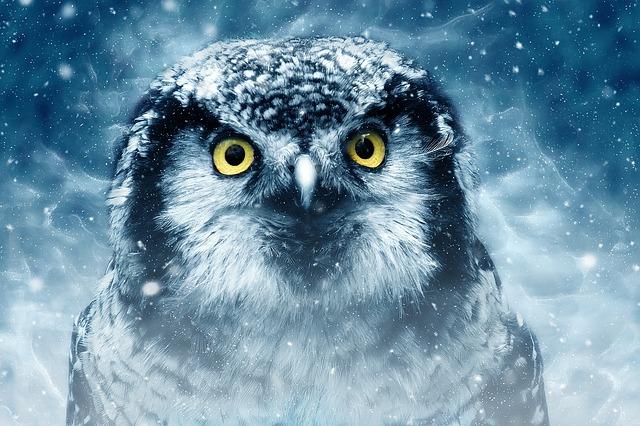- Introduction
- Appearance and Characteristics
- Habitat and Distribution
- Diet and Hunting Habits
- Conservation Status
- Conclusion
- FAQs
- References
Introduction
The Mini Scops Owl is a fascinating species that captures the imagination of bird enthusiasts. Although small in size, it has unique characteristics that distinguish it from other owls. This article will provide detailed information about the Mini Scops Owl's appearance, habitat, diet, and conservation status.
We will explore the physical traits that make the Mini Scops Owl instantly recognizable, where these owls can typically be found, what they eat, and how they hunt. Additionally, we will discuss their conservation status, including any threats they face in the wild. By the end of this article, you will have a thorough understanding of this captivating bird.
Appearance and Characteristics
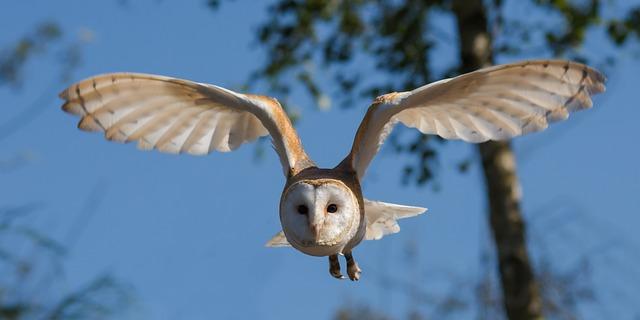
(Image: Pixabay/@dannymoore1973)
The Mini Scops Owl is known for its compact size. Adult owls are usually around 6 to 7 inches (15-18 cm) in length, and their wingspan measures approximately 13 to 16 inches (34-40 cm). Due to their size, they are often mistaken for juveniles of larger owl species, but their distinctive feather patterns and overall structure set them apart.
Mini Scops Owls have grayish or brown feathers, which help them blend seamlessly into their environment. Their feathers are densely packed, providing excellent camouflage against tree bark. One of their identifying features is the presence of small ear tufts, which some may confuse with horns. These tufts serve no purpose in hearing but are thought to play a role in communication with other owls.
These owls have striking yellow or orange eyes that are characteristic of nocturnal hunters. The eyes help the owl detect movement even in low light conditions, making it an efficient predator.
Habitat and Distribution
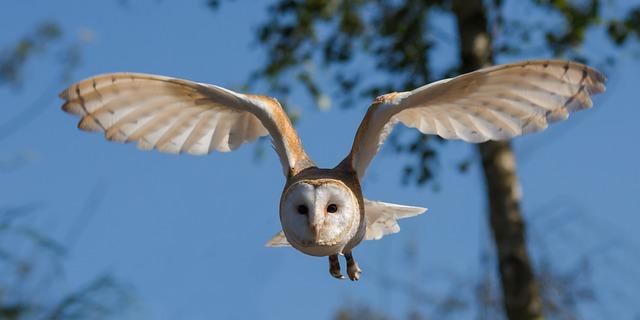
(Image: Pixabay/@dannymoore1973)
The Mini Scops Owl inhabits a variety of environments, though it is most commonly found in forests, woodlands, and areas with plenty of trees. They prefer moderate climates and are known to occupy temperate regions. Specifically, tropical and subtropical forests, as well as savannas, are usual habitats for these tiny owls.
In terms of geographical distribution, Mini Scops Owls are native to parts of Africa, as well as southern Europe, the Middle East, and regions across Asia. Some of the species can also be found in lowland rainforests while others prefer dry forest regions. What is consistent is this owl's affinity for places where there is abundant tree cover.
While they aren't migratory birds per se, Mini Scops Owls may move around within their territories in search of food, mates, or better shelter, depending on seasonal variations.
Diet and Hunting Habits
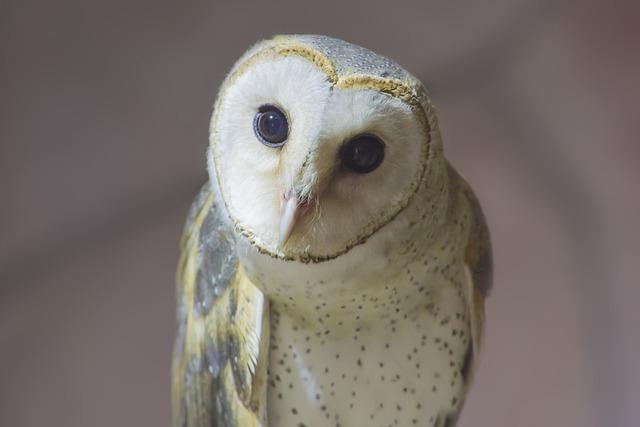
(Image: Pixabay/@MakaraEk)
The Mini Scops Owl is primarily carnivorous. A large portion of its diet consists of small insects like moths, beetles, spiders, and crickets, although it also hunts small mammals, birds, and occasionally reptiles. They hunt primarily during the night, taking advantage of their heightened senses, such as sharp hearing and acute vision, to capture elusive prey in the dark.
One of the owl's preferred hunting techniques is called "sit-and-wait" predation. The owl will perch silently on a branch until it spots a target moving below. Once identified, the owl swoops down quickly to catch its prey with its sharp talons.
In some instances, they are also known to follow bats, capturing them in mid-flight due to their silent flight capabilities. The Mini Scops Owl consumes its prey whole, regurgitating indigestible parts later in the form of pellets.
Conservation Status
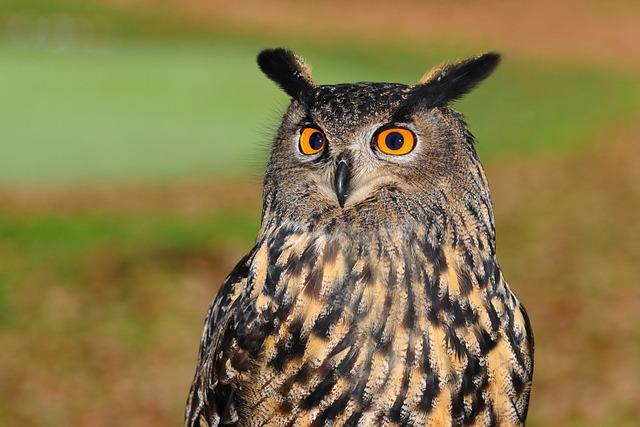
(Image: Pixabay/@TonW)
The conservation status of the Mini Scops Owl varies depending on the specific subspecies and region. While several populations are stable, others are under duress due to loss of habitat, human activity, and changes in environmental conditions. Deforestation, urban expansion, and agricultural practices are among the primary threats contributing to declining owl populations in certain areas.
Thankfully, the Mini Scops Owl is currently listed as "Least Concern" by the International Union for Conservation of Nature (IUCN). However, it's important to note that even least concern species can face significant challenges if protective measures are not in place. Conservation efforts should focus on protecting forested areas and limiting human interference in core habitats.
Local governments and wildlife organizations are pushing for more comprehensive protection protocols. Research and monitoring programs are underway to gather crucial data about the owl population status and how best to secure its future.
Conclusion
The Mini Scops Owl is a unique and intriguing bird, boasting exceptional hunting skills despite its small stature. It thrives in habitats rich with trees and has a robust diet that includes insects, small mammals, and reptiles. Though not presently endangered, this owl species does face threats from deforestation and habitat loss. Conservation efforts are ongoing, but more work needs to be done to ensure the Mini Scops Owl's continued survival.
By learning more about these remarkable creatures and encouraging wildlife preservation, we help ensure that future generations will still be able to appreciate the beauty and wonder of these fascinating owls.
FAQs
How small is the Mini Scops Owl?
Mini Scops Owls generally measure around 6 to 7 inches in length and have a wingspan of 13 to 16 inches. They are one of the smaller owl species.
Where can you find Mini Scops Owls?
These owls are native to various regions across Africa, Asia, the Middle East, and southern Europe. They typically inhabit forested areas, woodlands, and savannas.
What do Mini Scops Owls eat?
Their diet primarily consists of insects such as moths, crickets, and beetles, but they may also hunt small mammals, reptiles, and birds.
Are Mini Scops Owls endangered?
Currently, the Mini Scops Owl is classified as "Least Concern" by conservation authorities. However, they face threats due to habitat destruction and human activity.

